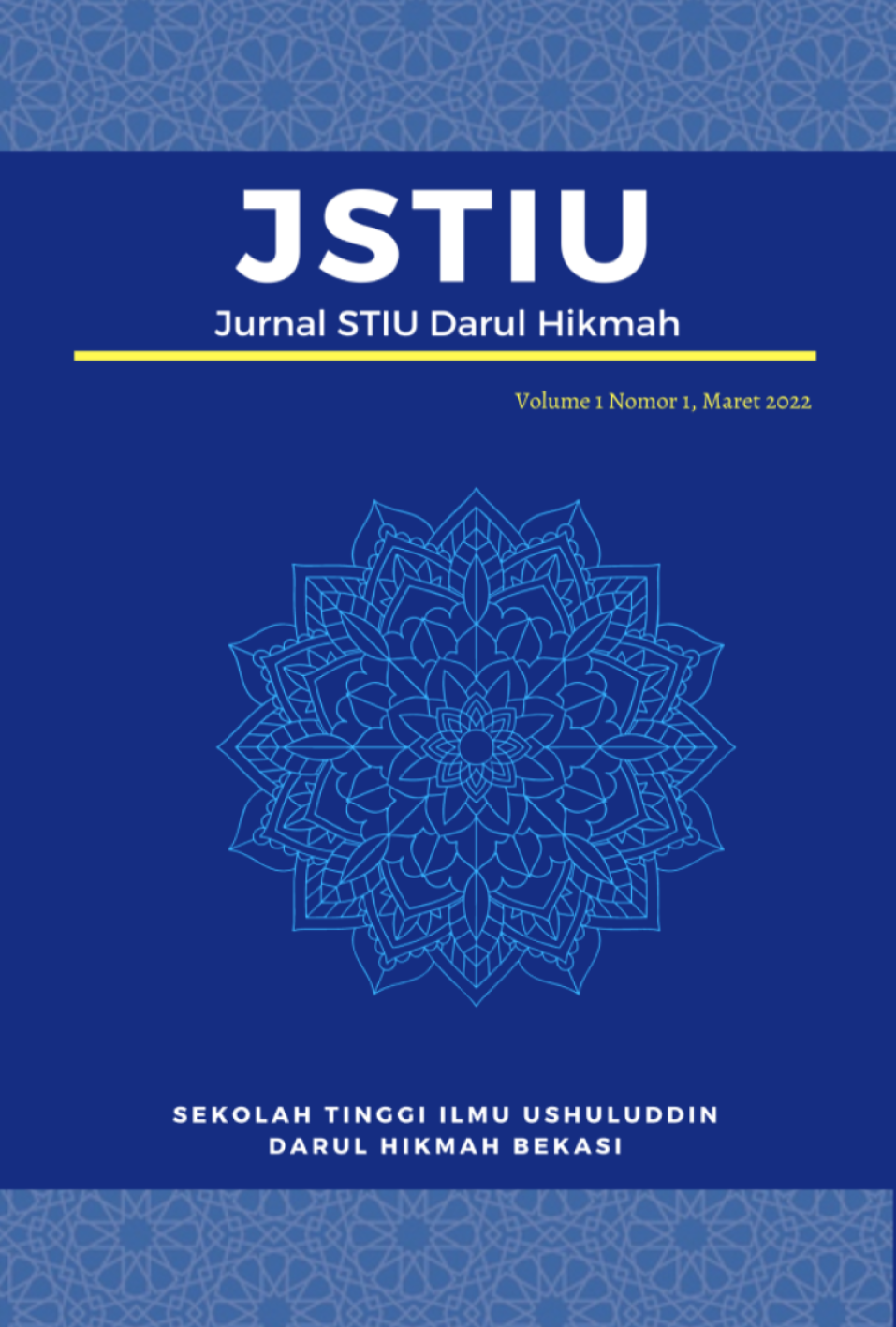THE MEANING OF FAMILY IN THE QURAN: SEMANTIC STUDY OF THE WORD AHL, ‘ASYI<RAH, RAHTHU, A<LU, QURBA<, AND RUKNU
DOI:
https://doi.org/10.61086/jstiudh.v9i1.42Kata Kunci:
Family, semantic, wujuh, nazhoirAbstrak
The Central Agency on Statistics states that the divorce rate in Indonesia has increased significantly after the pandemic. Indonesia has the largest Muslim majority population in the world, obviously, being a role model for the Muslim World, including in terms of family management. Thus, it is important for Muslims to know the meaning of family mentioned in the Qur'an in order to create harmonization in the household to reduce the divorce percentage. This study uses a qualitative method which is library research with primary sources in the form of the al-Qur’an and classic linguistic books (kutub al-syu’ara>’), while secondary sources in the form of dictionaries (qa>mus) such as Lisa>n al-Araby, Asa>s al-Balaghah, and other supporting sources. This study uses the theory of al-wuju>h wa al-nazha>ir to examine the extent to which the differences in the meaning of the vocabulary in the Qur'an. The results of the study show that there are 6 words in the Qur'an that have family meanings, namely ahl, ‘asyi>rah, rah}thu, a>lu, qurba>, and ruknu, but in fact, these words have different meanings from the others. Thus, the research argues that there are no synonyms for words in the Qur'an are found that have the meaning of family, because no meaning is found that truly has the same meaning (family). Every word, whether ahl, ‘asyi>rah, rah}thu, a>lu, qurba>, and ruknu, has its own meaning in the composition of the verses of the Qur'an, this shows the miracles of the Qur’an from a linguistic point of view, that every word in a verse will never be replaced by another word.













